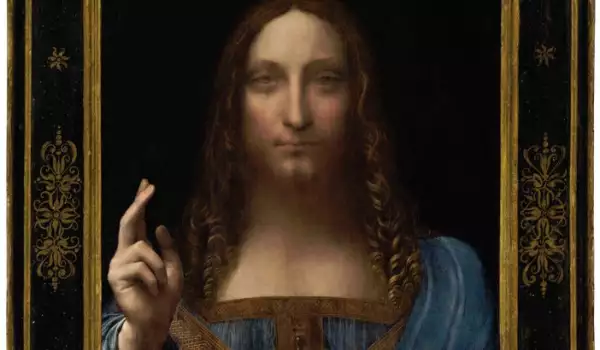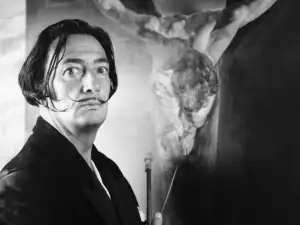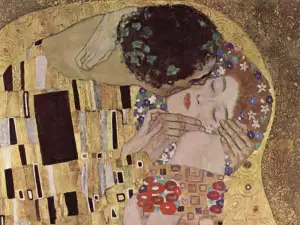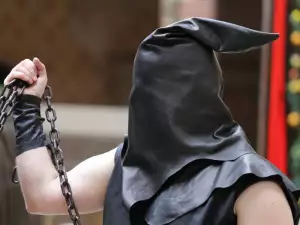Pablo Picasso's masterpiece Les Femmes d'Alger (Version O) has relinquished its place as the world's most expensive painting to Leonardo da Vinci's Salvator Mundi, which was sold for $450.3 million, a record-breaking sum in the art world.
The work was sold at Christie's auction house for a price significantly exceeding Picasso's Les Femmes d'Alger (Version O), which sold for $179.4 million in 2015.
Salvator Mundi (or Saviour of the World) measures 45.4 cm × 65.6 cm (25.8 in × 19.2 in) and for years was thought to be one of the Renaissance genius's lost masterpieces. The painting depicts Christ wearing Renaissance robes. One hand is raised in blessing, while in the other he holds a crystal sphere.
The work is believed to have been commissioned for the royal family in France but ended up in England after the wedding of King Charles I and princess Henrietta Maria of France.

After 1763, the painting's trail went cold but it was found again in 1900 in a private collection. The painting was then lost again, only to be rediscovered in 1958 in very poor condition.
It was bought by a consortium of art dealers who paid a total of $10 000 for it. They restored the work and sold it to Russian billionaire Dmitry Rybolovlev for $127.5 million in 2013.
Known for his mysterious, obscure images, Leonardo stays true to his style in this painting as well. In Salvator Mundi, the greatest mystery is the crystal ball in the lower right corner.
At the time, the artist was studying optical illusions, learning of the capabilities of light in painting, as he recorded in his journals.
He could have drawn the crystal ball so realistically that it would have distorted the images behind it but opted not to. Leonardo reasoned that the ball must not distract the observer from the main image - the Saviour himself.
Most likely, Jesus holds the crystal sphere as a symbol of his miracle-working abilities.














